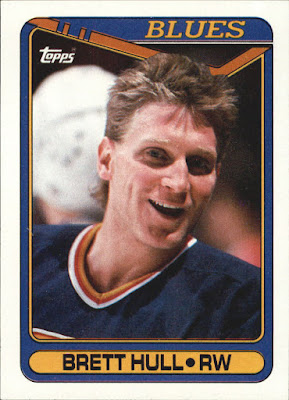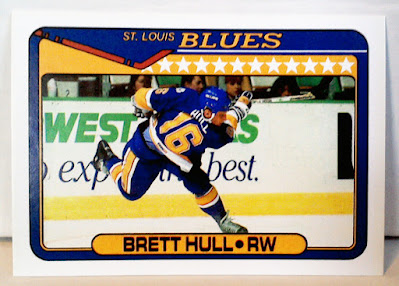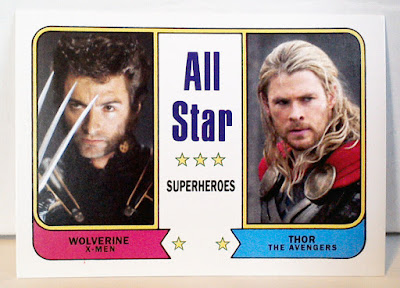 |
| 1991 Topps #690, Orel Hershiser |
He's right. My first entry is dated December 30th, 2018, which means tomorrow makes it a year already.
Huzzah!
My intention from the start was to post once a week—every Sunday—and I'm happy to say that I've held to that schedule the entire year. I think the format works well (hope you do, too), and I'm certainly going to try to stick to it for year number two.
All in all, it was a fun first year of blogging.
If you're a reader, thanks so much for spending some time here throughout the year. If you're also a fellow blogger and collector, thank you for providing inspiration through your blogs and collections. I'm grateful.
Goals for the second year include completing a few more sets, creating more custom cards, and running a contest of some kind. But I think I need a larger readership before I try the contest.
If you know someone who might enjoy this blog, would you do me a favor and share it with them?
Here's to another great year of blogging and collecting for everyone.















































